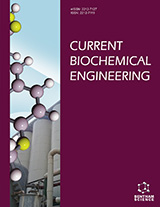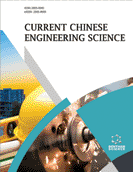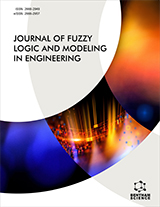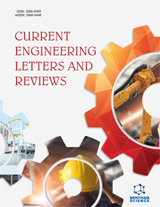Abstract
Sustainable urban development explains as 'scientific development' that
meets the needs of the present without compromising with the future. It can be
achieved by focusing on improvement, progress, and possible changes in the dimension
of environment and social consideration. With expanding urbanization, the
environmental quality is depleting worldwide. Like any other developing country,
urbanization in India is also a rapidly growing phenomenon, where people tend to
move to urban areas for better living standards. This ultimately has put more stress on
the urban areas/regions. The Himalayan region, one of the most marginalized mountain
regions of the world, has been experiencing rapid urban growth in recent times. In the
Eastern Himalaya, Sikkim is one of the biodiversity hotspots of India with high species
richness. Here the loss of biodiversity has been attributed in particular to
overpopulation and anthropogenic activities. Being the capital of Sikkim, Gangtok has
become one of the most rapidly urbanized towns of the state due to available urban
facilities and basic amenities. Despite rapid urban growth and unplanned construction
of houses and hotels, the pressure of heavy influx of tourists and other seasonal
migrants have put pressure on the carrying capacity of Gangtok town. This imposed a
major impact on different natural resources. Among those, it has a significant impact
on water sources and water supply catchment areas. The present research has been
carried out through a designed experimental questionnaire, which covers the different
aspects of water quality, water supply quantity and source of water in Gangtok
Municipal Corporation (GMC) in the last 2 decades. The results show that natural
water sources have been decreased. Now in all wards of the municipal area, the
municipality has provided a water supply. However, only a few numbers of houses
have their own supply from natural springs. The results further indicate that rapid
economic development, changing environment, and climate variability has increased
the vulnerability of natural resources. Therefore, it is very important to understand the
emerging issues related with natural resources for sustainable development.
Keywords: Gangtok, Himalaya, Spring, Sustainable Urbanization, Water






















